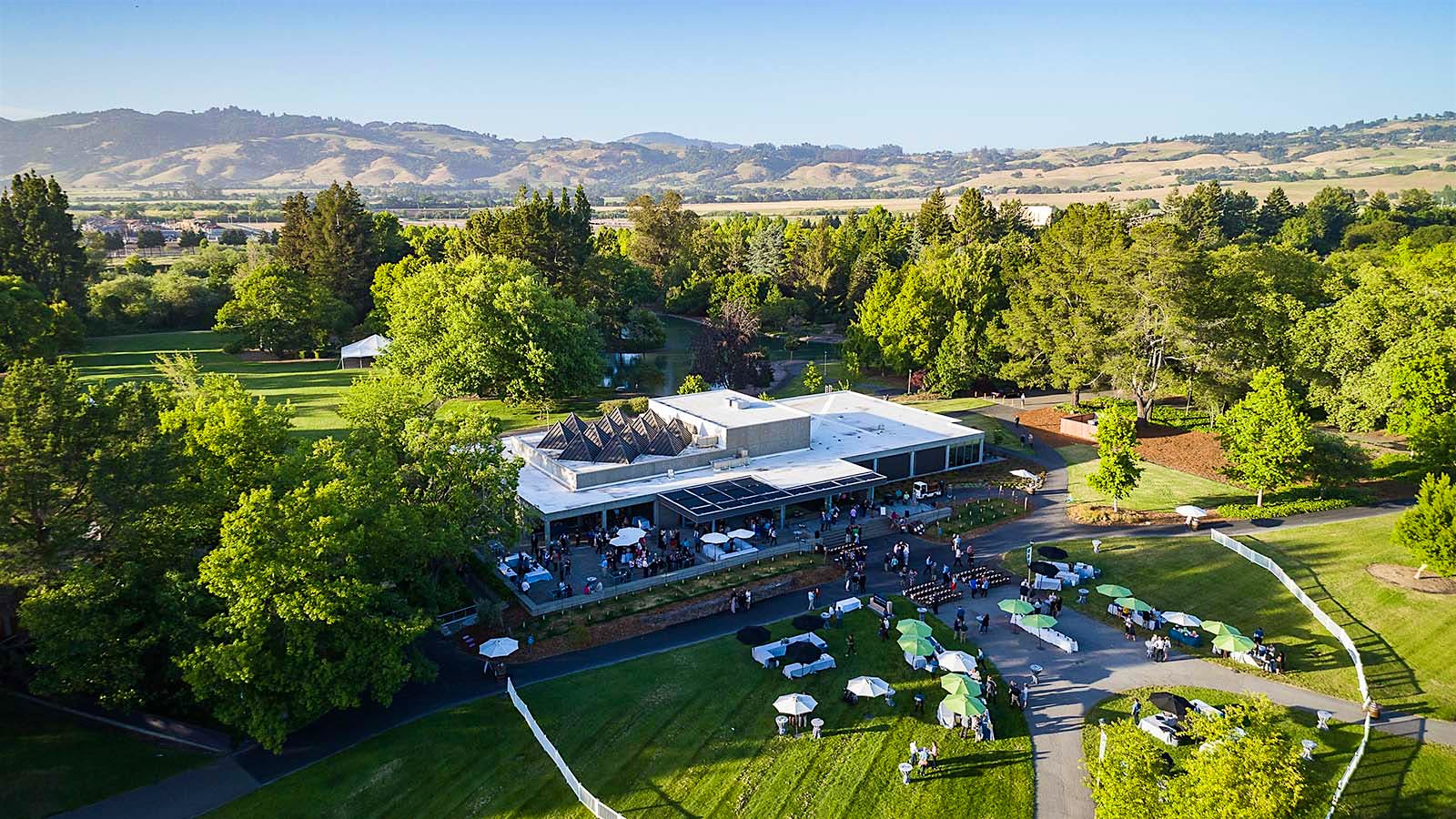Products You May Like
For the past 25 years, Sonoma State University’s Wine Business Institute has provided an educational foundation to its students while helping bolster the industry with its new trailblazers. The institute kicked off its 25th academic year with a virtual conversation with Wine Spectator Napa bureau chief and senior editor Kim Marcus, moderated by Wine Business Institute executive director Ray Johnson, discussing the past, present and future of wine, along with some advice for its bourgeoning industry leaders.
“California is still at the dawn of what it can achieve,” said Marcus, discussing challenges and opportunities for the wine industry. “The story of the last 30 or 40 years is about quality, which has been spurred by better winemaking and viticulture and adaptation.”
Winemaking and viticulture aside, Marcus says that California wine’s biggest successes are in the business and hospitality side of the industry. “The rest of the world is consolidating, while wine continues to expand. So people want to learn more,” said Marcus.
This is where Sonoma State’s Wine Business Institute plays a role. Since its founding in 1996, the institute has awarded 270 wine MBAs, among other professional degrees and certifications. It has also provided significant and pioneering research that has informed the industry. In 2018, The Wine Spectator Scholarship Foundation anchored the financing of the Wine Spectator Learning Center, a 15,000-square-foot building designed as an education and industry nucleus, including advanced-technology classrooms, student commons, meeting rooms and more.
Marcus recalled his early days as a journalist for the St. Helena Star in Napa Valley, at a time when grapes were growing in popularity, but other crops were still part of the local agricultural mix. “Anywhere you went, it was egalitarian and an inexpensive way to get to know wine,” he said. Fast-forwarding to today, he believes one of the potential threats is a need to appeal to younger demographics and to educate them. “We should be careful. If you want to get younger people introduced to wine, we need to give them opportunities to enjoy wines without the elevated price levels.”
Marcus ended with advice for everyone from anxious undergraduates to eager entrepreneurs, telling them that, first and foremost, a solid foundation in understanding how wine is made and grown and the economics behind running a winery are paramount.
While a formal education is advantageous, Marcus said, so too is the firsthand experience. “Get a foot in the door any way you can, whether cellar rat, tasting room or sales and, hopefully, you’ll find mentors.” He also encouraged exploring the roads less traveled, such as nascent or emerging wine regions. “Get exposure. It’s a fascinating cross-cultural experience. Focus on what you want to do, where you want to go and who you want to be,” he said.
Stay on top of important wine stories with Wine Spectator’s free Breaking News Alerts.
